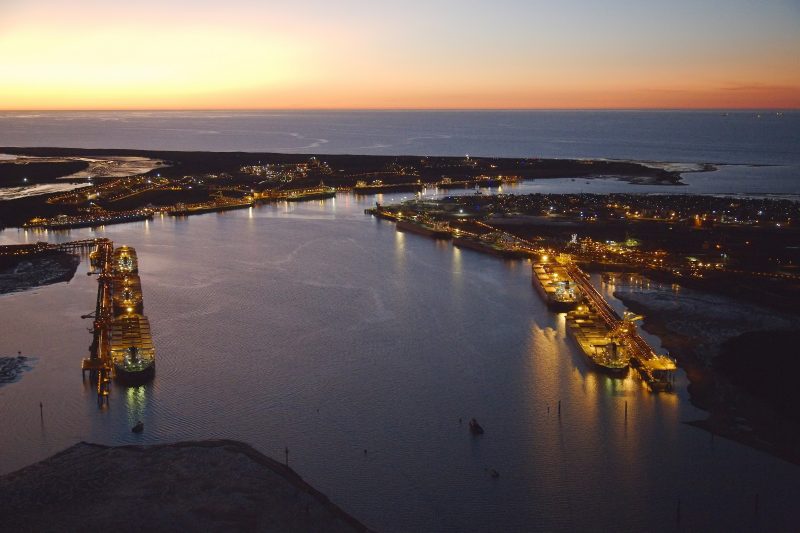A tweet-for-tat trade war involving the US and China is contributing to fluctuating iron ore prices as markets speculate on slowing demand in China. The speculation sent the commodity into a dive to below US90c by the end of August.
The highly unpredictable nature of the exchanges between the two countries means the ability to confidently predict future outcomes is limited.
What’s important to remember is that price volatility in the global market is not unusual. It has little effect on the volumes of iron ore leaving Pilbara ports.
The reality is iron ore exports have remained relatively steady.
According to the Pilbara Ports Authority recent annual report, in fiscal 2019, 506 million tonnes of iron ore left Port Hedland, a cyclone-affected result that was less than one per cent lower than the year before.
The big producers have cash costs well below the lowest prices of recent years. BHP, Rio Tinto and Fortescue Metals Group all have begun construction of multi-billion-dollar sustainment projects to maintain their throughputs. Roy Hill contributed 55 million tonnes per annum to the mix, with plans to take that up to 60 mtpa.
While the once-in-a-lifetime mining construction boom is over, the operational boom and the stable employment and secure income for the Pilbara region are set to continue for decades.
“We are in a period of growth, not like it was in the construction boom,” resources industry veteran Jim Walker told the WA Mining Club last month. “It’s a steady growth. We are seeing new mines come on at a steady pace but also with greater cost control.”
Miners , including PHIC members will, of course, continue their operations while keeping an eye on global issues – and maintaining their solid relationships with customers.


